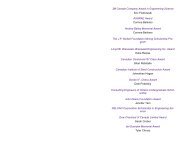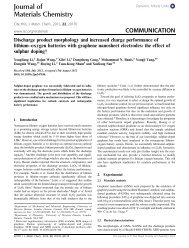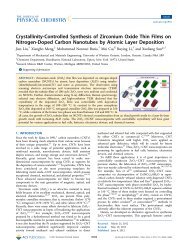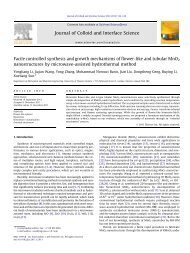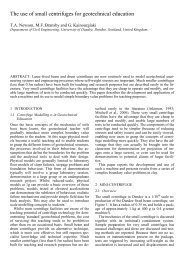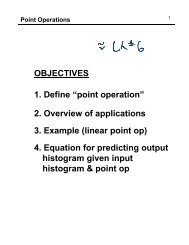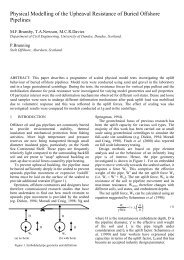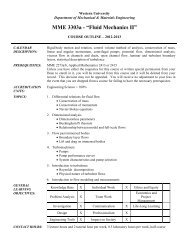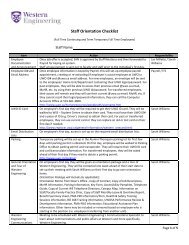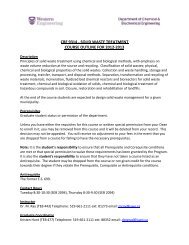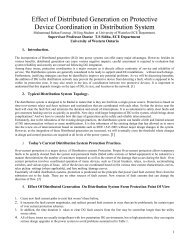Water Resources Research Report - Western Engineering ...
Water Resources Research Report - Western Engineering ...
Water Resources Research Report - Western Engineering ...
You also want an ePaper? Increase the reach of your titles
YUMPU automatically turns print PDFs into web optimized ePapers that Google loves.
Price & Storn (1997) gave the working principle of DE with single strategy. Later on,<br />
they suggested ten different strategies for DE. Different strategies can be adopted in the<br />
DE algorithm depending upon the type of problem to which DE is applied. The strategies<br />
can vary based on the vector to be perturbed, number of difference vectors considered for<br />
perturbation, and finally the type of crossover used. The following are the ten different<br />
working strategies:<br />
1. DE/best/1/exp<br />
2. DE/rand/1/exp<br />
3. DE/rand-to-best/1/exp<br />
4. DE/best/2/exp<br />
5. DE/rand/2/exp<br />
6. DE/best/1/bin<br />
7. DE/rand/1/bin<br />
8. DE/rand-to-best/1/bin<br />
9. DE/best/2/bin<br />
10. DE/rand/2/bin<br />
The general convention used above is DE/x/y/z. DE stands for Differential Evolution, x<br />
represents a string denoting the vector to be perturbed, y is the number of difference<br />
vectors considered for perturbation of x, and z stands for the type of crossover being used<br />
(exp: exponential; bin: binomial). Hence the perturbation can be either in the best vector<br />
of the previous generation or in any randomly chosen vector. Similarly for perturbation<br />
either single or two vector differences can be used. For perturbation with a single vector<br />
difference, out of the three distinct randomly chosen vectors, the weighted vector<br />
differential of any two vectors is added to the third one. Similarly for perturbation with<br />
two vector differences, five distinct vectors, other than the target vector are chosen<br />
randomly from the current population. Out of these, the weighted vector difference of<br />
each pair of any four vectors is added to the fifth one for perturbation. In exponential<br />
crossover, the crossover is performed on the D variables in one loop until it is within the<br />
CR bound. The first time a randomly picked number between 0 and 1 goes beyond the<br />
CR value, no crossover is performed and the remaining D variables are left intact. In<br />
6




